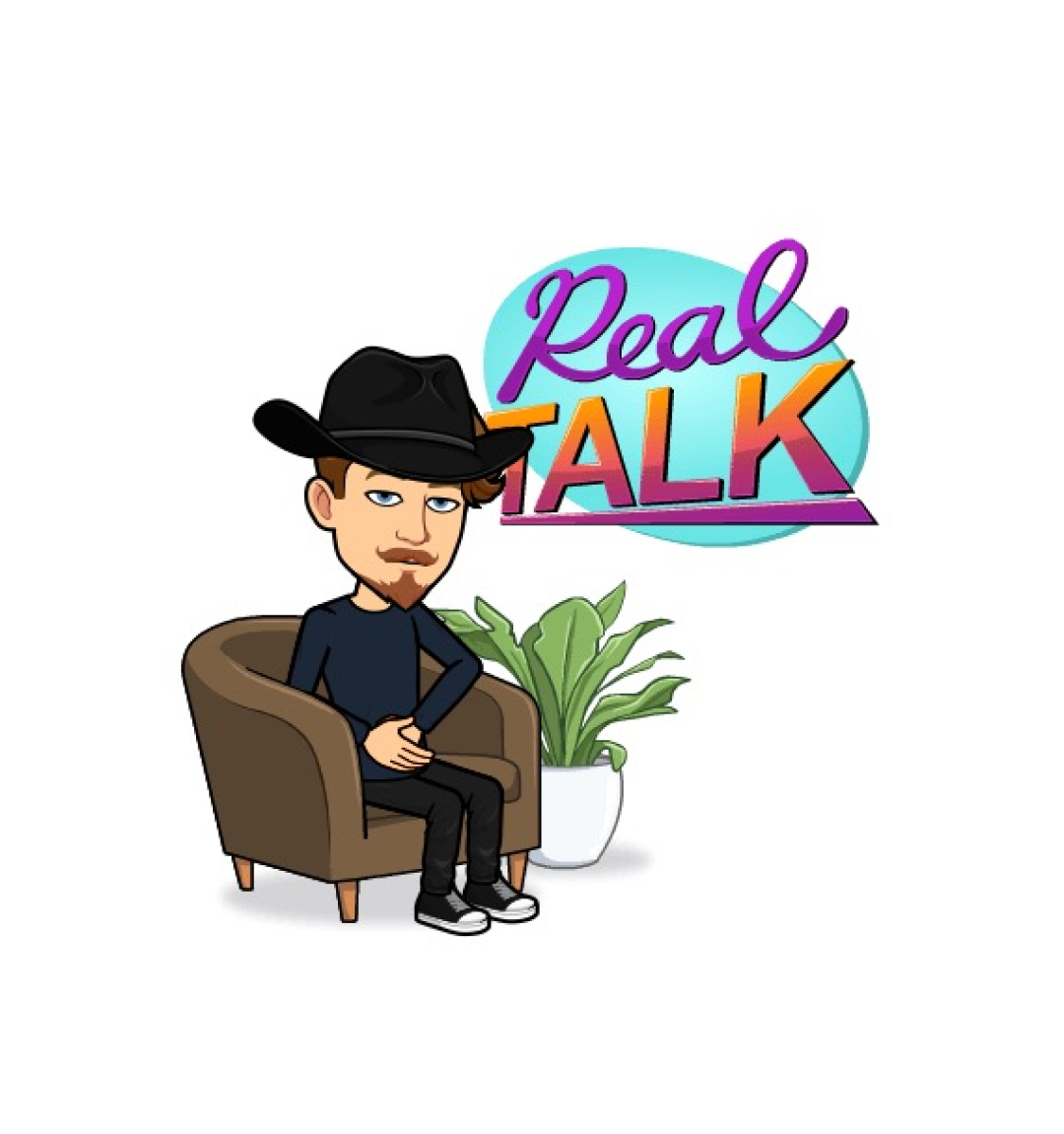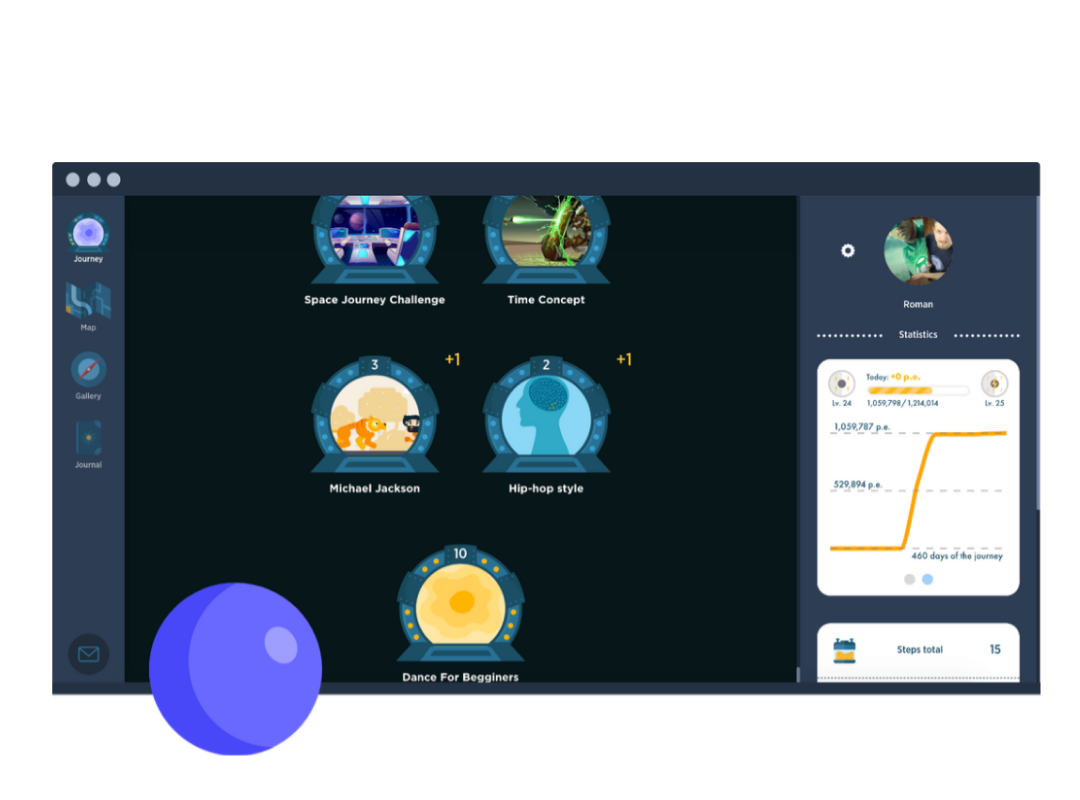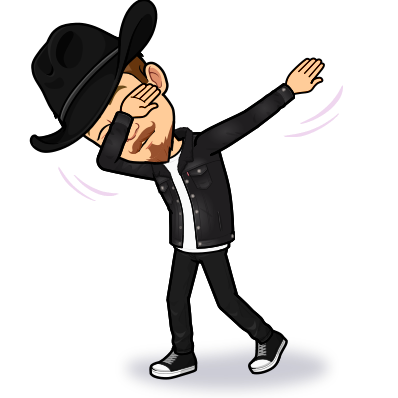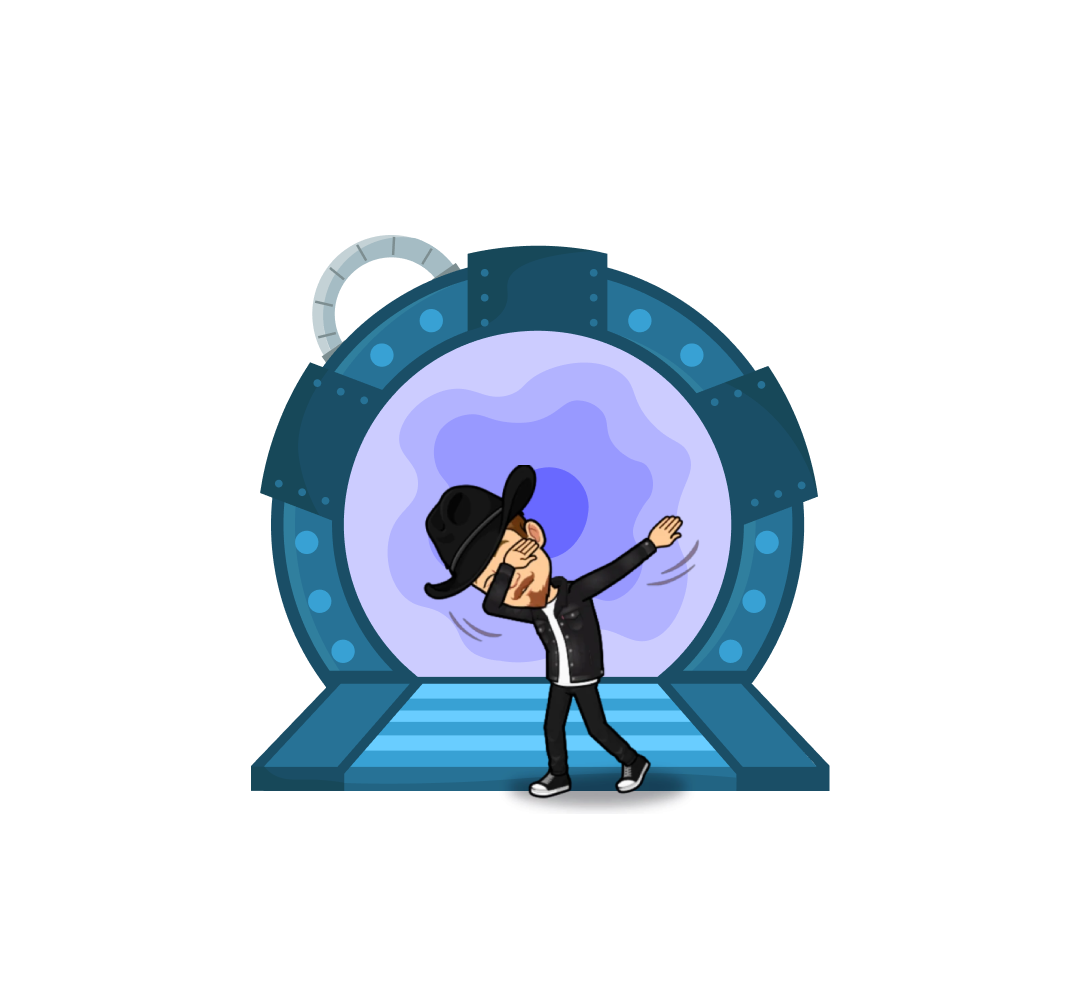
I believe that by improving teaching methods and aligning with new technologies, we can make dance part of peoples’ lives.
Dance is a great tool for developing creativity. To dance, you don’t need expensive gear, and dance helps train the brain and body. Dance connecting people all over the world. Dance helps to increase self-esteem and helps to be more healthy.
Hi! My name is Roman and this is my story.
Until the age of 24, I thought that talent was an innate gift that I did not possess. In 10th grade, I wanted to learn how to make websites. In the process of learning - I encountered difficulties, and after a while I abandoned everything.
Started began to learn to play the music, dance, design and also abandoned everything.
Any study ended with the same thing - I abandoned and again put up with the fact that I was not talented. I looked at talented people from the bottom up and dreamed of being in their place.
Just like scientists - experimenters prove the veracity of scientific theories. I proved by my example that talent is a state that everyone can discover.
After 3 years from discovering the Portals Method, I wrote a music album and became a co-founder of an IT company (before that, I had no skills and knowledge of music and programming).
Today, they say about me that I am a creative person and I finish many projects.
I learned how to dance using the Portals Method and because I'm a web developer, I created a software that can help develop creativity through the dance. You just need to finish 100 Portals.
Dance is a great tool for developing creativity. To dance, you don’t need expensive gear, and dance helps train the brain and body. Dance connecting people all over the world. Dance helps to increase self-esteem and helps to be more healthy.
Hi! My name is Roman and this is my story.
Until the age of 24, I thought that talent was an innate gift that I did not possess. In 10th grade, I wanted to learn how to make websites. In the process of learning - I encountered difficulties, and after a while I abandoned everything.
Started began to learn to play the music, dance, design and also abandoned everything.
Any study ended with the same thing - I abandoned and again put up with the fact that I was not talented. I looked at talented people from the bottom up and dreamed of being in their place.
Just like scientists - experimenters prove the veracity of scientific theories. I proved by my example that talent is a state that everyone can discover.
After 3 years from discovering the Portals Method, I wrote a music album and became a co-founder of an IT company (before that, I had no skills and knowledge of music and programming).
Today, they say about me that I am a creative person and I finish many projects.
I learned how to dance using the Portals Method and because I'm a web developer, I created a software that can help develop creativity through the dance. You just need to finish 100 Portals.

What is Portals.Dance?
What do I do here?
Portals Dance is a web app that helps improve and organize dance practice—powered by gamification, portals.dance creates a game around our dance journey.
The goal of this game is to finish 100 portals. Portal is a challenge game. When you create a portal, you commit to dancing a specific amount of steps. One step could represent the time you want to dance or/and videos from YouTube.
Portal is a metaphor for adventure. In life, we dance, and in the portal, we are traveling in the new worlds. The system is very simple - dance every step. Soon you will notice how your dance will improve with every finished portal.
How will you dance after 100 portals?
The goal of this game is to finish 100 portals. Portal is a challenge game. When you create a portal, you commit to dancing a specific amount of steps. One step could represent the time you want to dance or/and videos from YouTube.
Portal is a metaphor for adventure. In life, we dance, and in the portal, we are traveling in the new worlds. The system is very simple - dance every step. Soon you will notice how your dance will improve with every finished portal.
How will you dance after 100 portals?

Who are the people behind Portals.dance?
Portas.dance is supported by Roman Golovach. He is the founder of portals.dance, and creator of portals method. He is a web developer, musician and dancer.
Roman, originally from Belarus and migrate to the USA more than ten years ago. He has a strong background in web development, and he is CEO of an IT company specializing in building complicated software for services companies. He gets an experience and knowledge of how web application helps businesses to grow.
But at the same time, the biggest problem was to teach people to use complicated technologies. This is why he started to learn about gamification.
After many years of experiments with gamification, he creates the game portal. Using the portal method, he learned how to dance and fell in love with dancing. After a couple of years portals.dance was born.
The software for dancers that improve and organize dance training.
Roman, originally from Belarus and migrate to the USA more than ten years ago. He has a strong background in web development, and he is CEO of an IT company specializing in building complicated software for services companies. He gets an experience and knowledge of how web application helps businesses to grow.
But at the same time, the biggest problem was to teach people to use complicated technologies. This is why he started to learn about gamification.
After many years of experiments with gamification, he creates the game portal. Using the portal method, he learned how to dance and fell in love with dancing. After a couple of years portals.dance was born.
The software for dancers that improve and organize dance training.

What is gamification, and how it helps me to become a better dancer?
Gamification is an idea to apply game elements and game thinking to any process.
By itself, DANCE is a great example of gamification.
Dance is the gamification of physical exercise! Zumba - is the gamification of physical exercise. Yoga is a dance with slow motion and pantomime concepts.
A great example of gamification is the language learning app Duolingo. They use points, badges, tournaments, leagues, day streak and other game mechanics. Portals.dance is similar to Duolingo, whereby we learn how to dance. And there are lots of similarities because dance also is a language. And to learn everything, the key ingredients are repetitions. Portals make repetitions more fun.
1) Portals use the story around dance practice. “We imagine ourselves that we are pilots of the spaceship and crashed on an uninhabited planet. Discovering this planet, you find 100 portals. To survive, we need to jump through portals. With each portal, you notice that you are changing. Get stronger and faster. Maybe there is still a chance to survive if you complete 100 portals?”
2)Portals remind you about your challenges. Reminders is a very strong game mechanics that will make a great impact on your growth. One of the biggest challenges is whether we set goals, set a new habit, or challenge ourselves, and after a few days, or completely forget about them. Our brains resist challenging tasks and try to stay in the comfort zone. Portals remind us about our decisions, the same way the coach calls every day and asks, “Did you dance today?”
3) Portals creates a visual representation of your growth. One of the popular games on the planet to see how you change. Track your progress and finish 100 portals to see how your dance will change.
4) Portals use game mechanic “levels and XP.” With every step, you will gain XP and a new level. With a higher level, you can get access to new portals.
5) Portals use metaphor game mechanics that help to train imagination. Every portal has a unique and fun theme. In life, you dance, and in the portal, you are the magician.
By itself, DANCE is a great example of gamification.
Dance is the gamification of physical exercise! Zumba - is the gamification of physical exercise. Yoga is a dance with slow motion and pantomime concepts.
A great example of gamification is the language learning app Duolingo. They use points, badges, tournaments, leagues, day streak and other game mechanics. Portals.dance is similar to Duolingo, whereby we learn how to dance. And there are lots of similarities because dance also is a language. And to learn everything, the key ingredients are repetitions. Portals make repetitions more fun.
1) Portals use the story around dance practice. “We imagine ourselves that we are pilots of the spaceship and crashed on an uninhabited planet. Discovering this planet, you find 100 portals. To survive, we need to jump through portals. With each portal, you notice that you are changing. Get stronger and faster. Maybe there is still a chance to survive if you complete 100 portals?”
2)Portals remind you about your challenges. Reminders is a very strong game mechanics that will make a great impact on your growth. One of the biggest challenges is whether we set goals, set a new habit, or challenge ourselves, and after a few days, or completely forget about them. Our brains resist challenging tasks and try to stay in the comfort zone. Portals remind us about our decisions, the same way the coach calls every day and asks, “Did you dance today?”
3) Portals creates a visual representation of your growth. One of the popular games on the planet to see how you change. Track your progress and finish 100 portals to see how your dance will change.
4) Portals use game mechanic “levels and XP.” With every step, you will gain XP and a new level. With a higher level, you can get access to new portals.
5) Portals use metaphor game mechanics that help to train imagination. Every portal has a unique and fun theme. In life, you dance, and in the portal, you are the magician.